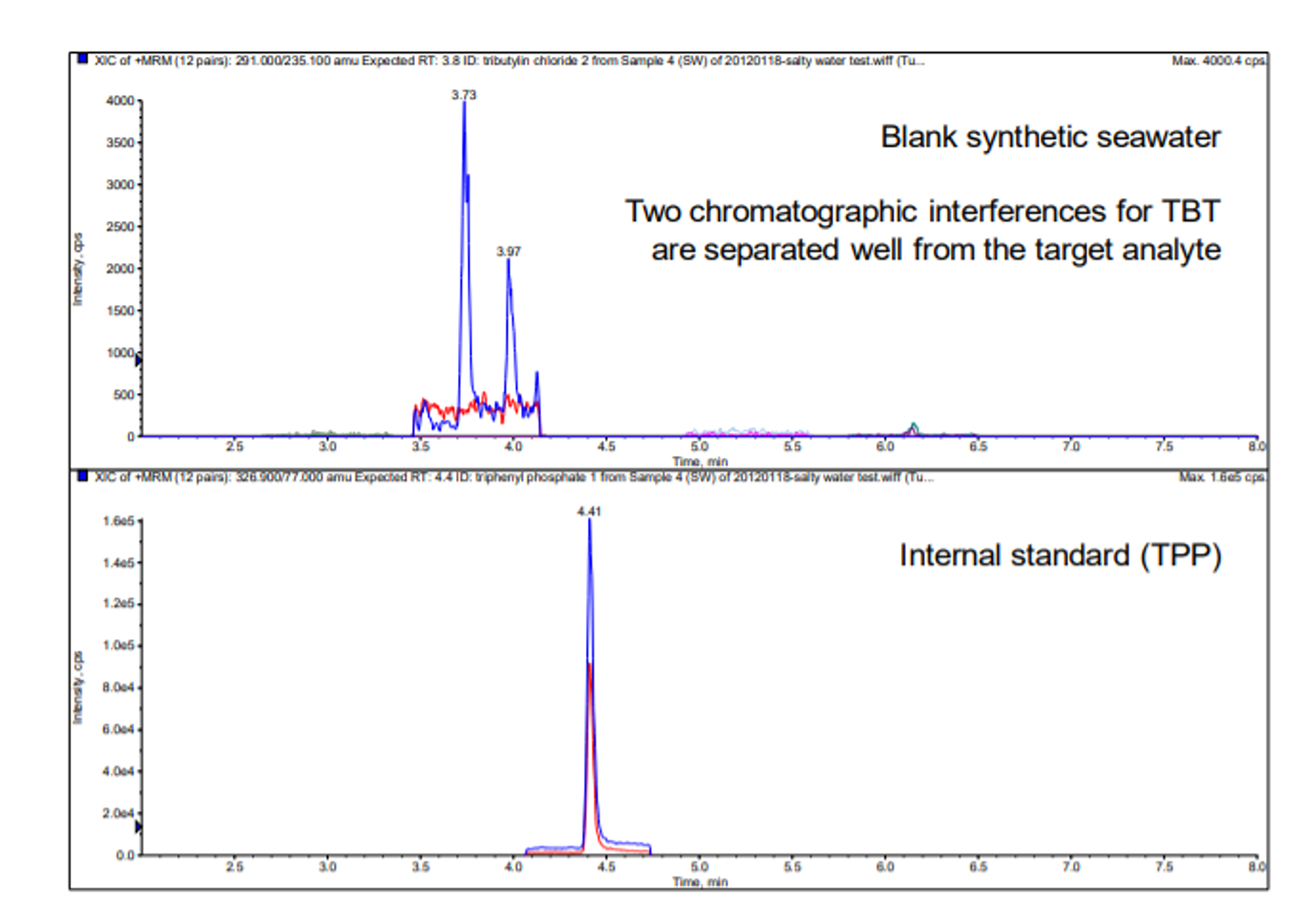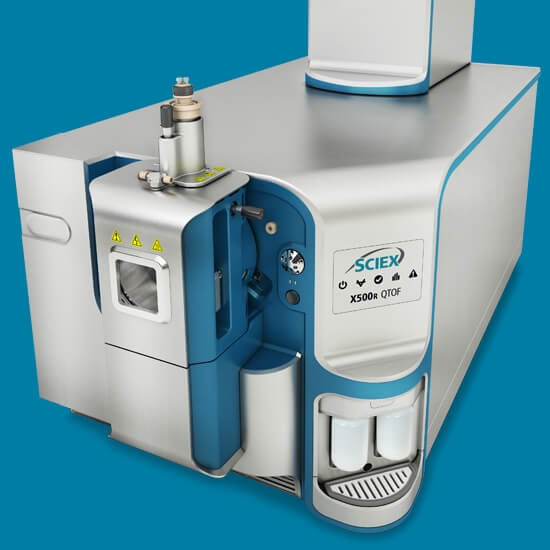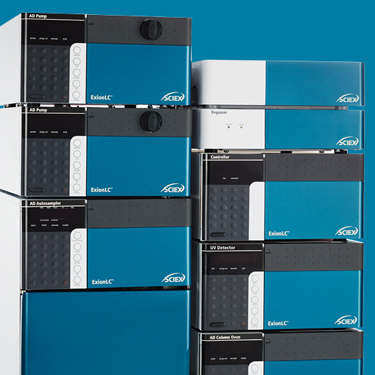Organotin compounds are a family of chemicals composed of tin linked to hydrocarbons. Widespread use includes industrial materials, such as additives in plastic-rubber materials, wood preservatives, various marine biocides for ships and fishing nets and agricultural fungicides. These compounds can enter the environment through a number of channels, and they can often be found in water sources, seafood, fruits and vegetables and consumer goods.
The problem is that increasing amounts of organotin have accumulated in the environment and can have significantly detrimental effects. For example, in the past, organotin compounds were extensively used in coating materials for marine vessels, but studies have found a type of organotin compound called tributyltin (TBT) has antiandrogenic effects in aquatic organisms. (1-2) Studies have also found accumulation and bioconcentration can be pathways into our food chain, for example, when we consume contaminated seafood and agriculture laced with pesticides that contain any organotin compounds. (3)
Previously, gas chromatography coupled to mass spectrometry (GC-MS) was a preferred technique for analyzing these polar compounds. This approach is time-consuming, however, as it requires derivatization and has long chromatographic run times. For this reason, environmental researchers are opting to rely on the robustness of liquid chromatography with tandem mass spectrometry (LC-MS/MS) to handle samples ranging from water to soil, plants and textiles. Using LC-MS/MS can help:
- Simplify sample preparation with higher sensitivity to quantify very low levels
- Eliminate the impact of matrices on results with highly rugged hardware
- Increase selectivity to monitor specific ions generated from analytes of interest



